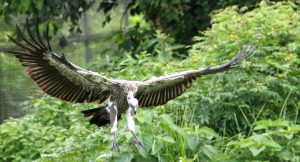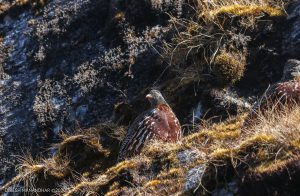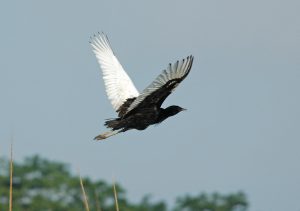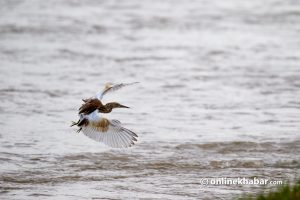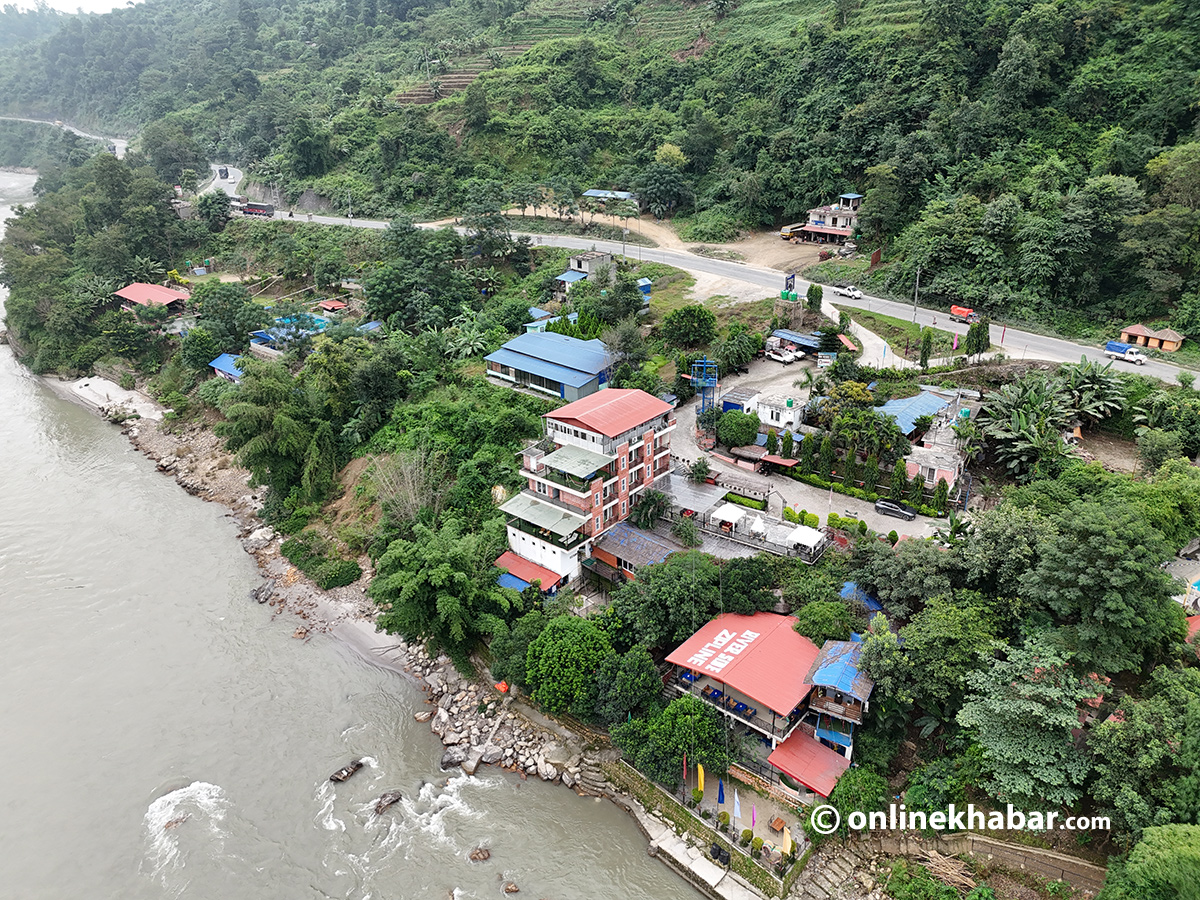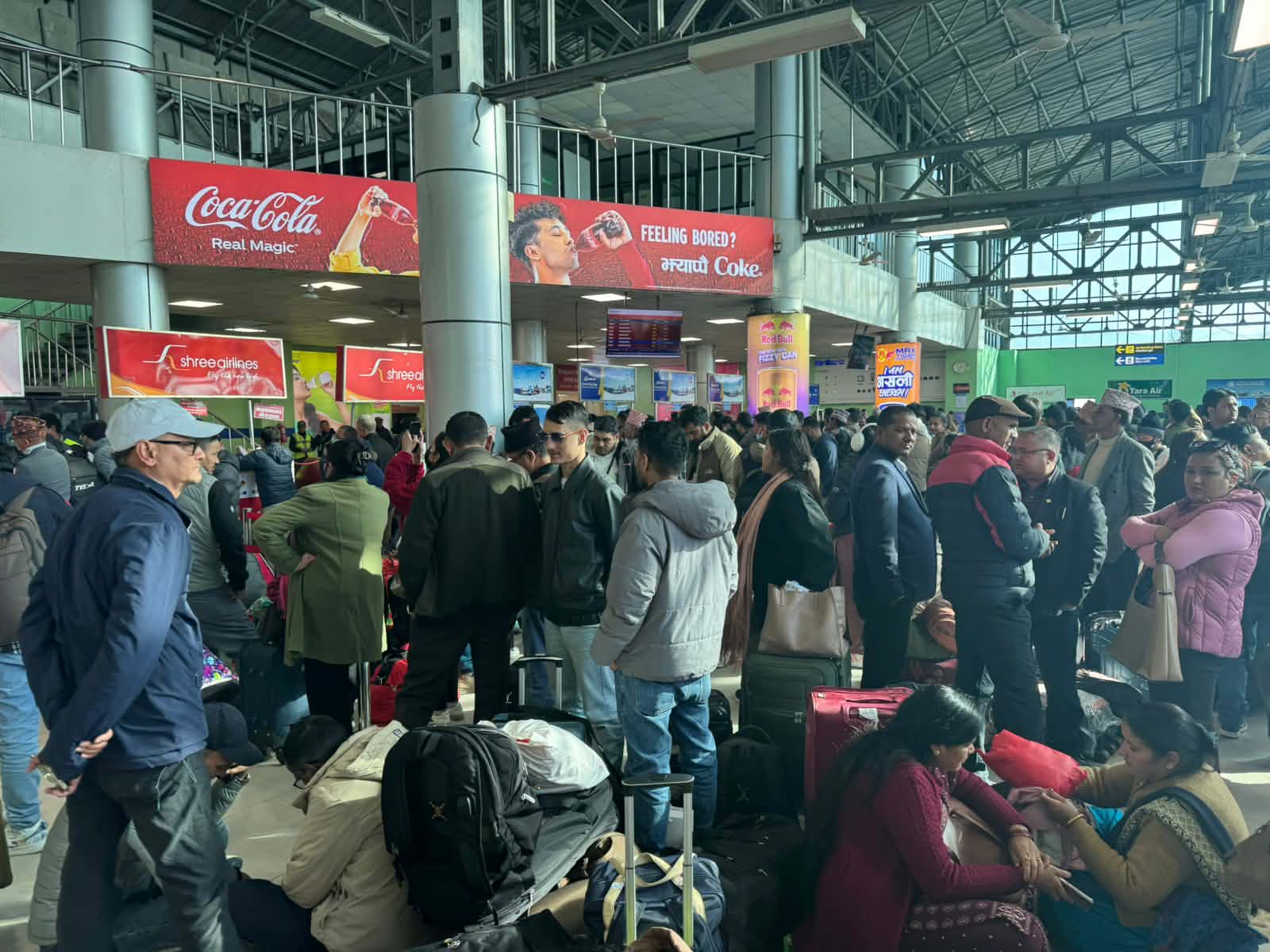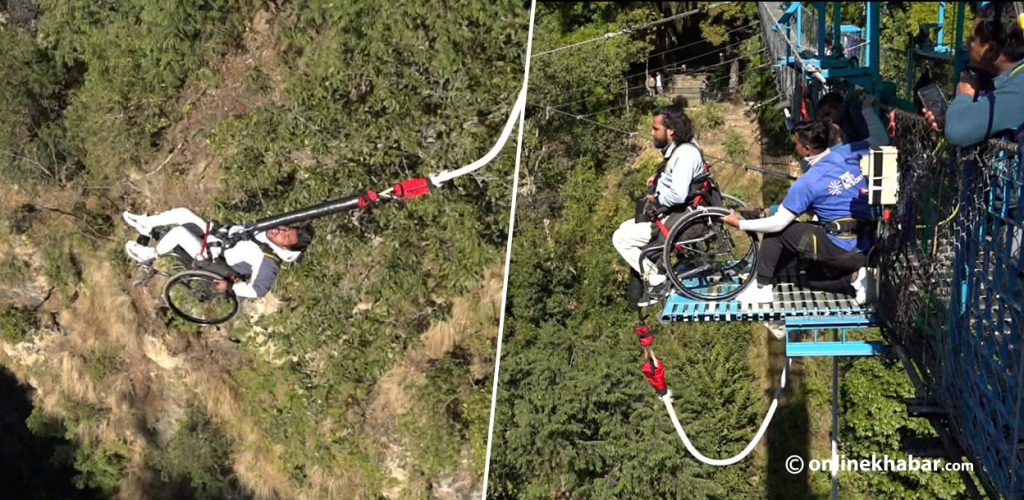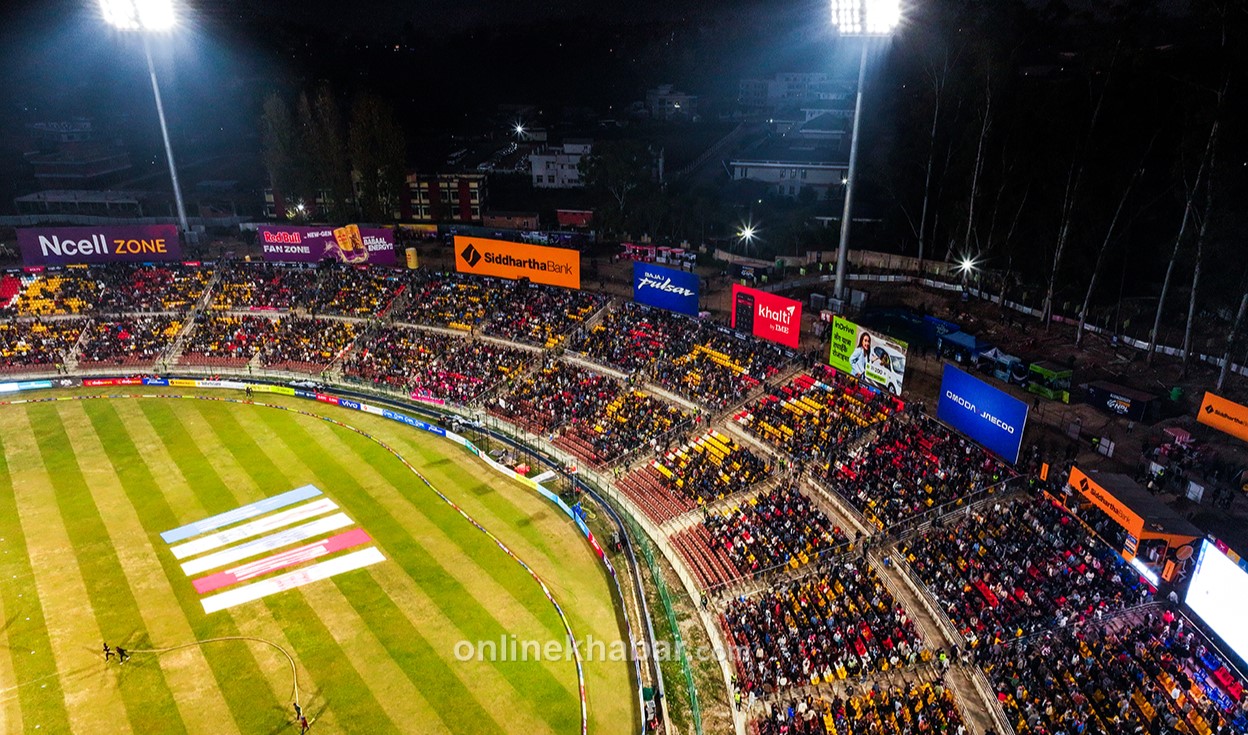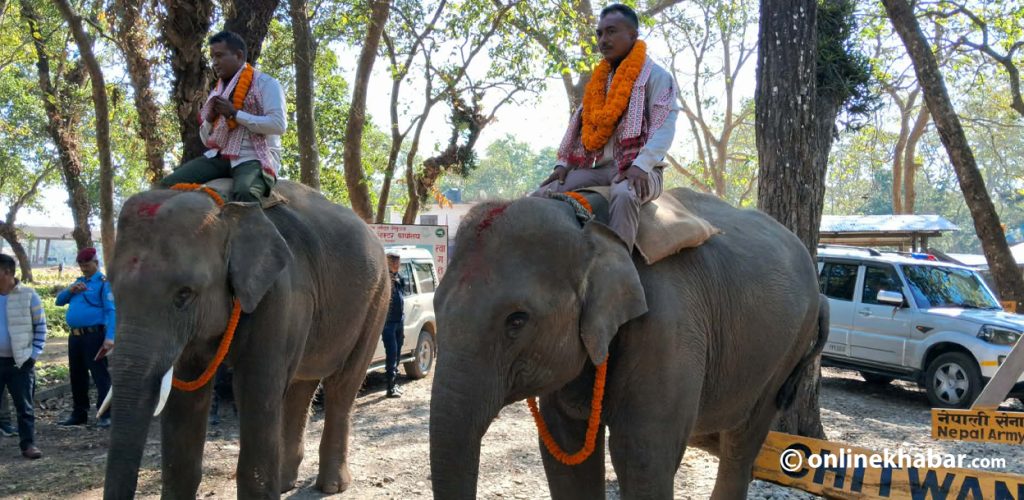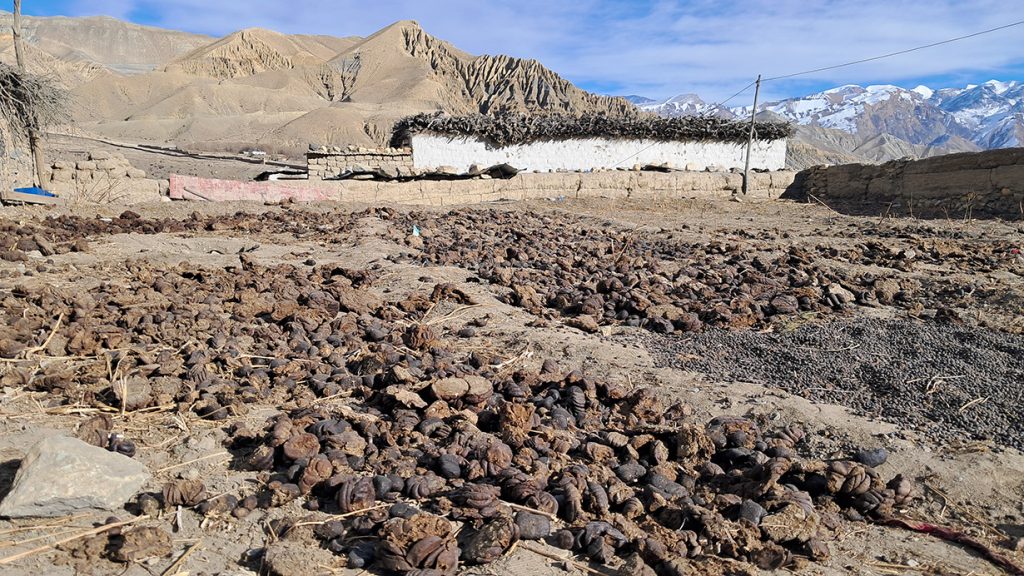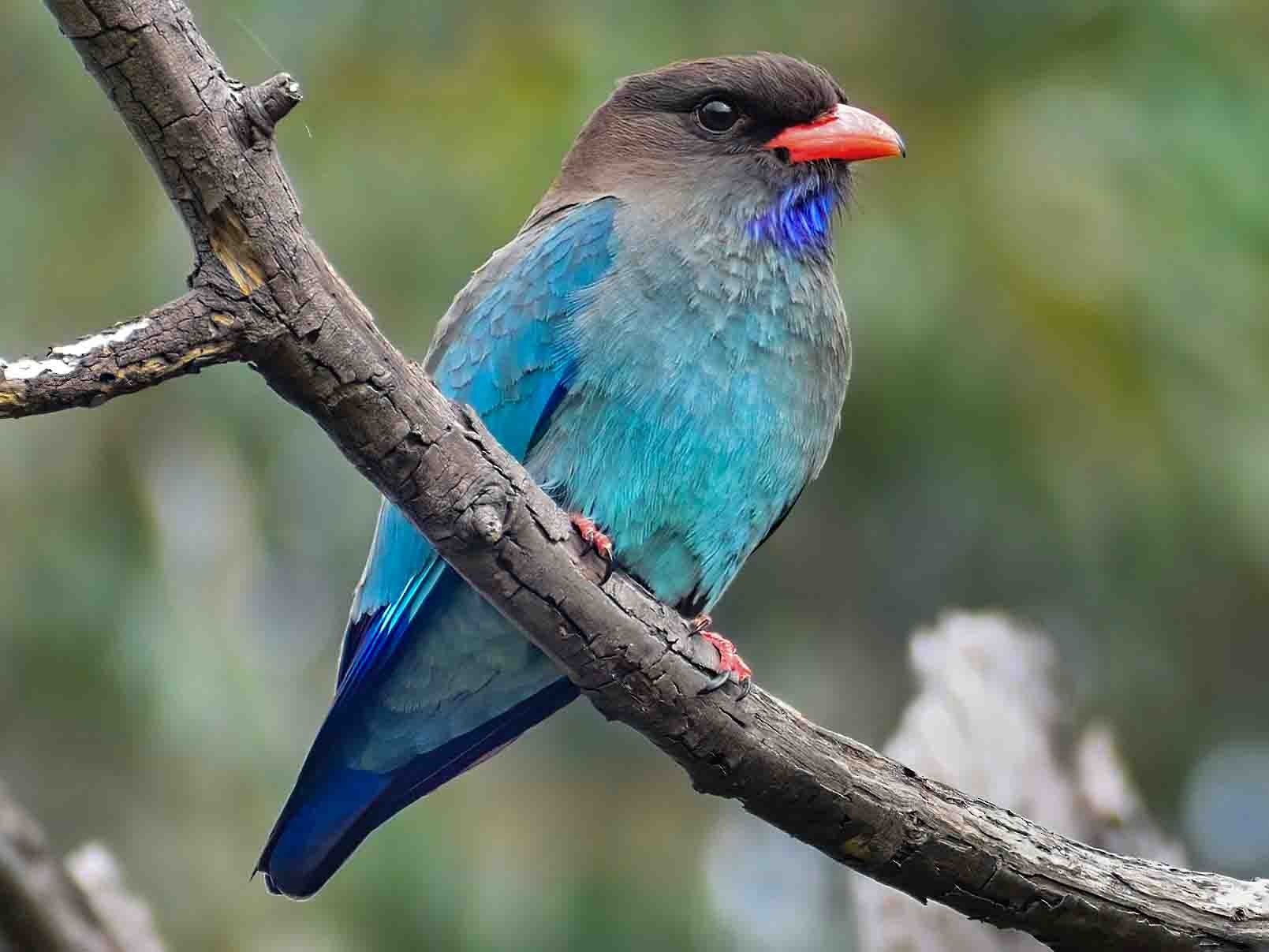
As clouds enter over Nepal’s hills and plains, they bring the most life changing season of the year-the monsoon. In Nepal, monsoon is more than a weather pattern, it is a process which forms the topography, drives agricultural processes, alters water courses and transforms the behavior of people and wildlife. Monsoon season usually begins in early June and lasts until late September, bringing around 80 percent of the country’s annual rainfall.
During monsoon brown hills become green, forests become dense, wetlands expand and insect populations increase.
Birds of Nepal
For birds in Nepal, the monsoon means more than just rain, it’s a time of migration, mating, nesting and survival. With more than 900 bird species, Nepal is famous globally for its amazing biodiversity. Either the vultures soaring in the Himalayas or the herons inhabiting the wetlands of the Terai, these birds show how different species change and adapt in many smart and amazing ways as the seasons change. One unique member of Nepal’s avian life is Spiny Babbler (Turdoides nipalensis), a species found only in Nepal’s mid-hill scrublands.
The birds of Nepal are distributed in different habitats or ecosystems, including wetlands, forests, grasslands, farmlands and high mountain slopes. Bird species adapt to each ecosystem based on food, shelter and climate. The birds such as egrets, Storks, kingfishers, jacanas and the Sarus are commonly seen in the Terai wetlands during monsoon when the water levels rise and there is ample amount of insect and fish. The barbets, woodpeckers, hornbills, cuckoos and leafbirds are active in forest areas. Tall open grasses and open areas in grassland are used by species such as the Bengal Florican and Lapwings as nesting grounds. Raptors like Steppe Eagle, Black Kite and Himalayan Vulture soar above the hills and valleys in search of prey or carrion. Birds like doves, myna, Bulbuls, Oriental Magpie Robins, house crows and sparrows are active and can adapt to the changes taking place in the cities and farms. Together, these species show how diverse Nepal’s avian life is and how closely it depends on the environment, rainfall and seasonal changes.
Pre-monsoon : Preparation for rain
Nepal goes through hot and dry pre-monsoon season before the official arrival of the monsoon bringing high temperatures and humidity, some thunderstorms and early signs of seasonal change. It is the period when, many birds begin preparing for the rains and their upcoming breeding season. Birds like Spiny Babblers, drongos, tailorbirds and Common Mynas become more vocal and males sing loudly to mark their territories and to attract mates. Sunbirds start gathering spider webs and plant fibres to build hanging nests. Grey-headed Woodpecker, Himalayan Flameback are seen pounding the tree trunks to make holes for nests. Cuckoos like Asian Koel, Jacobin Cuckoo and Common Hawk-Cuckoo start arriving from warmer places and are easily spotted by their loud and echoing calls. On the rooftops or branches of trees, House Sparrows and bulbuls are seen carrying dried grasses and twigs to their nest. The Spiny Babbler, which is usually shy, is more visible during this season, singing early in the morning to mark the boundaries of its breeding territory. The pre-monsoon is busy and important, as many birds become more active. It marks the moment when nature prepares to welcome the coming rains.
Birds during peak monsoon
The natural world is even more colorful as the monsoons are at their peak. The birds take advantage of this time as there is plenty of food to eat, vegetation is dense and there is security in nesting areas. Insectivorous birds such as flycatchers, drongos and cuckoos are benefited greatly due to rise in insect populations.
Fruit eating birds feed on seasonal fruits that are available in this season. This period is breeding time for numerous species, whether they live in the woods or visit wetlands. Trees and shrubs grow faster which provides safer shelter for nests and nestlings. Rain causes expansion of wetlands which provide birds like herons, egrets, jacanas and storks with abundant food like fish, frogs and aquatic insects.
During monsoon, we can hear different bird calls around us, especially from species like the Asian Koel and Jacobin Cuckoo. Their songs can be heard in forests and farmlands and they’ve become a common sound of the rainy season. This is the most productive season of the year for many birds and they are full of life and renewal.
Risks and challenges
While monsoon creates favorable conditions for feeding and breeding, it also poses multiple threats to the birds. Nests built in open trees or on the ground can be destroyed by heavy rain, winds or floods. Fungal infections may be seen due to constant moisture on eggs and chicks. The call of chicks and the smell of wet nests may attract predators like snakes, mongooses or wild cats. When it rains for many days, some birds are forced to stay quiet and still.
Because of this, they can’t go out and find food like they normally do. Small birds struggle more from this because they need to feed frequently. Bird habitats are also affected by human activity during the season. As use of pesticide increases in agricultural lands, landslides in the hills and deforestation due to the construction of roads or to create more agricultural land, all threaten local bird populations.
Despite these challenges, many birds continue to adapt and survive, showing how strong they are against nature and human challenges.
Post-monsoon
The post monsoon season is cool and refreshing as heavy rains end and the skies start getting clear. The wetlands are full, forests are green and there’s plenty of food for birds.It’s a busy time as young birds that were born in the rainy season start leaving their nests. They learn to fly, to find food and to protect themselves. Meanwhile, a large number of birds from colder northern regions start migrating to Nepal to spend the winter.
Thrushes, flycatchers and warblers are more commonly seen. Endemic birds like Spiny Babbler, become quieter, moving deeper into the bushes and singing less than usual. Wetland sites such as Koshi Tappu and Jagdishpur Lake become lively again, as indigenous and migrant birds are observed feeding together. Birdwatchers and nature lovers enjoy this season because so many birds are active and easier to spot.
Even though the monsoon is a natural part of Nepal’s climate, its impact is growing stronger because of climate change and human activities. Irregular rainfall patterns can affect the breeding cycles of birds, with many species depending on seasonal changes like rain and temperature to start nesting. Frequent flash floods destroy river banks and wetlands which are important habitats for both resident and migratory birds. Green areas are replaced by urban development due to this birds do not have many areas to forage, roost or nest. Use of chemical pesticides during the rainy season in farming areas reduces the number of insects which negatively affect insectivorous birds. This not only affects bird food but also the entire food web.
We must conserve the habitat of the birds, promote sustainable agriculture and invest in ecological research to safeguard Nepal’s avian biodiversity. Community awareness and participation are also crucial because when individuals understand the importance of birds and nature, there are higher chances of people conserving them. If the government, farmers, scientists and communities work together, then we can make a real difference in keeping Nepal’s birds safe for the future.





